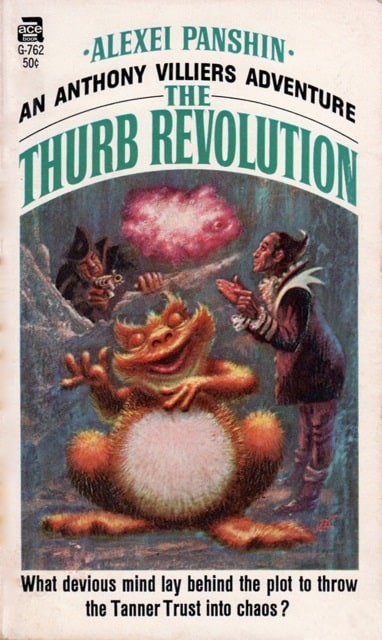New Treasures: The Year’s Best Science Fiction & Fantasy, 2021 Edition edited by Rich Horton
The Year’s Best Science Fiction & Fantasy, 2021 Edition
(Prime Books, August 22, 2022). Cover by Tithi Luadthong.
Earlier this year Rich Horton shared an update at Strange at Ecbatan on the long-awaited 2021 volume of his long-running The Year’s Best Science Fiction & Fantasy series:
My best of the year anthology for 2021 has been much delayed, for reasons mostly linked to the pandemic, including difficulty getting a slot at printers. (And other issues!) But at last I have a TOC nearly ready. We’re holding open one slot for one more potential story… hoping to hear from the author soon. But I figured it was time to post the list. It’s been fun going through these stories again, and realizing how good they are, and how worthy of whatever exposure they can get.
The Year’s Best Science Fiction & Fantasy, 2021 Edition has now arrived from Prime Books, and it is a delight to see it at last. After a dozen years in print, the series has switched to digital only, at least for now. This volume collects 34 stories from 2020, and includes tales from Sofia Samatar, Annalee Newitz, Sarah Langan, Yoon Ha Lee, John Kessel, Naomi Kritzer, Ken Liu, Alec Nevala-Lee, Sarah Pinsker, Benjamin Rosenbaum, Michael Swanwick, Tade Thompson, Ian Tregillis, Jessica P. Wick, and many others. It does not include the mystery story Rich mentions above, so I guess they never secured the elusive rights for that last one!












